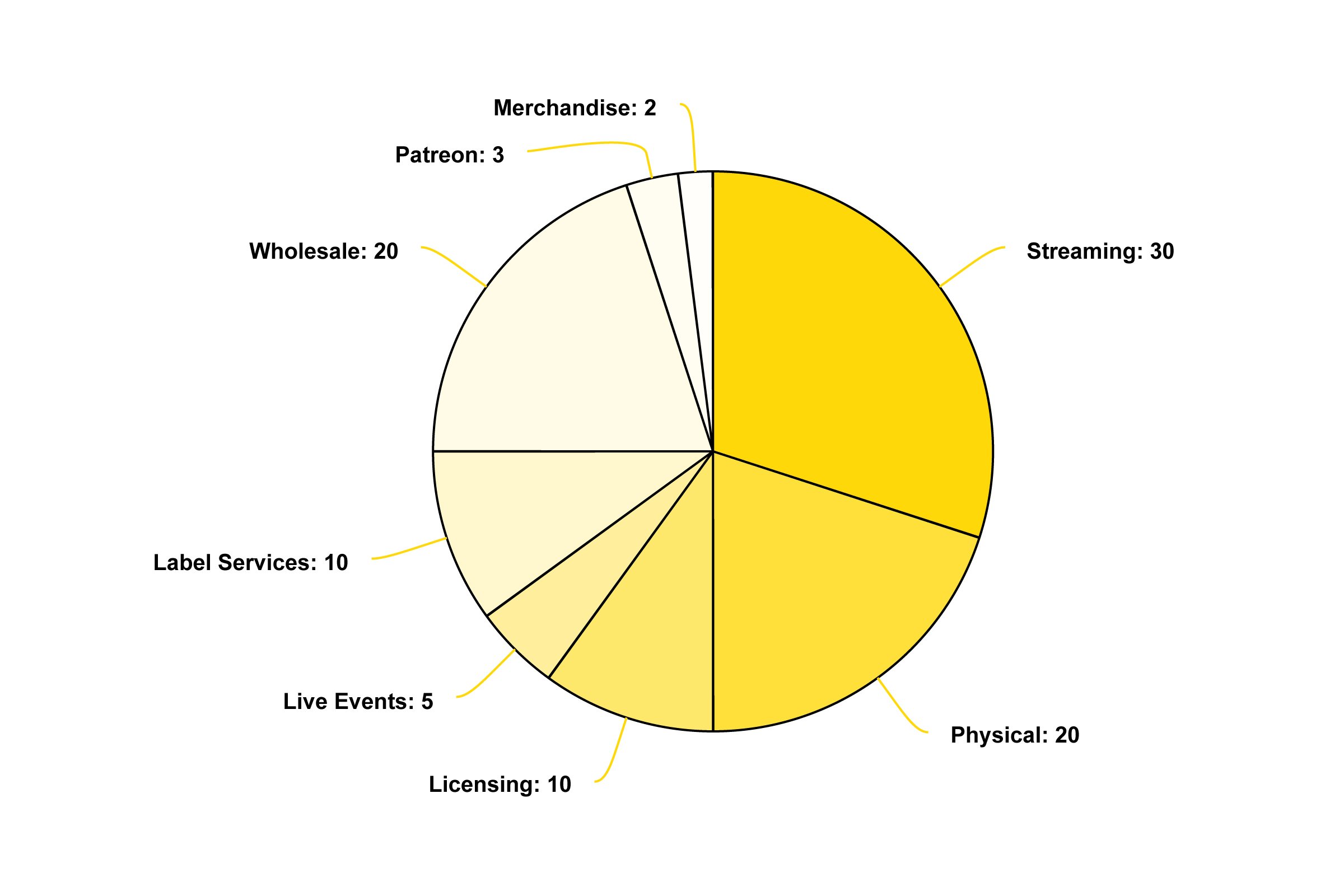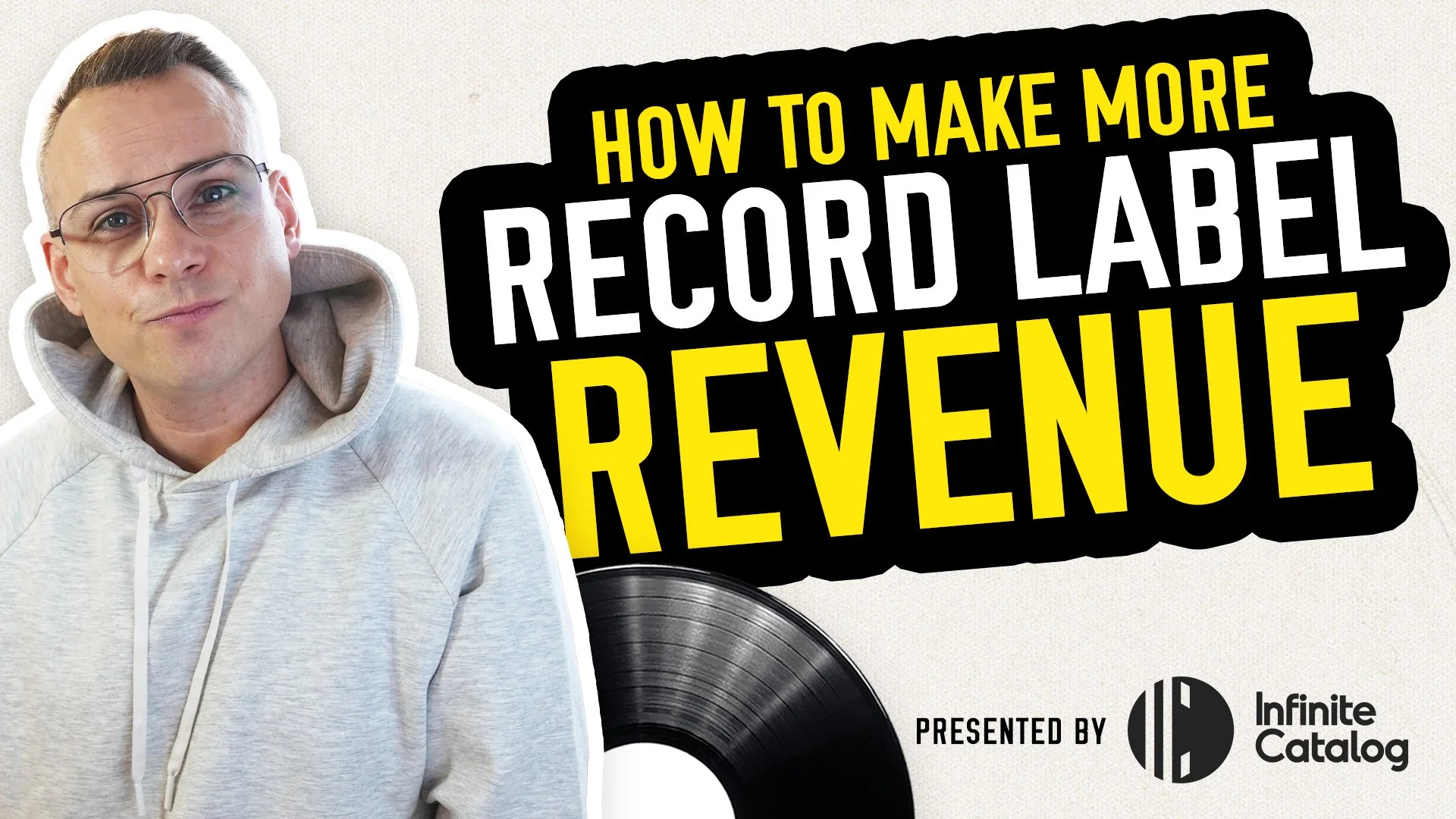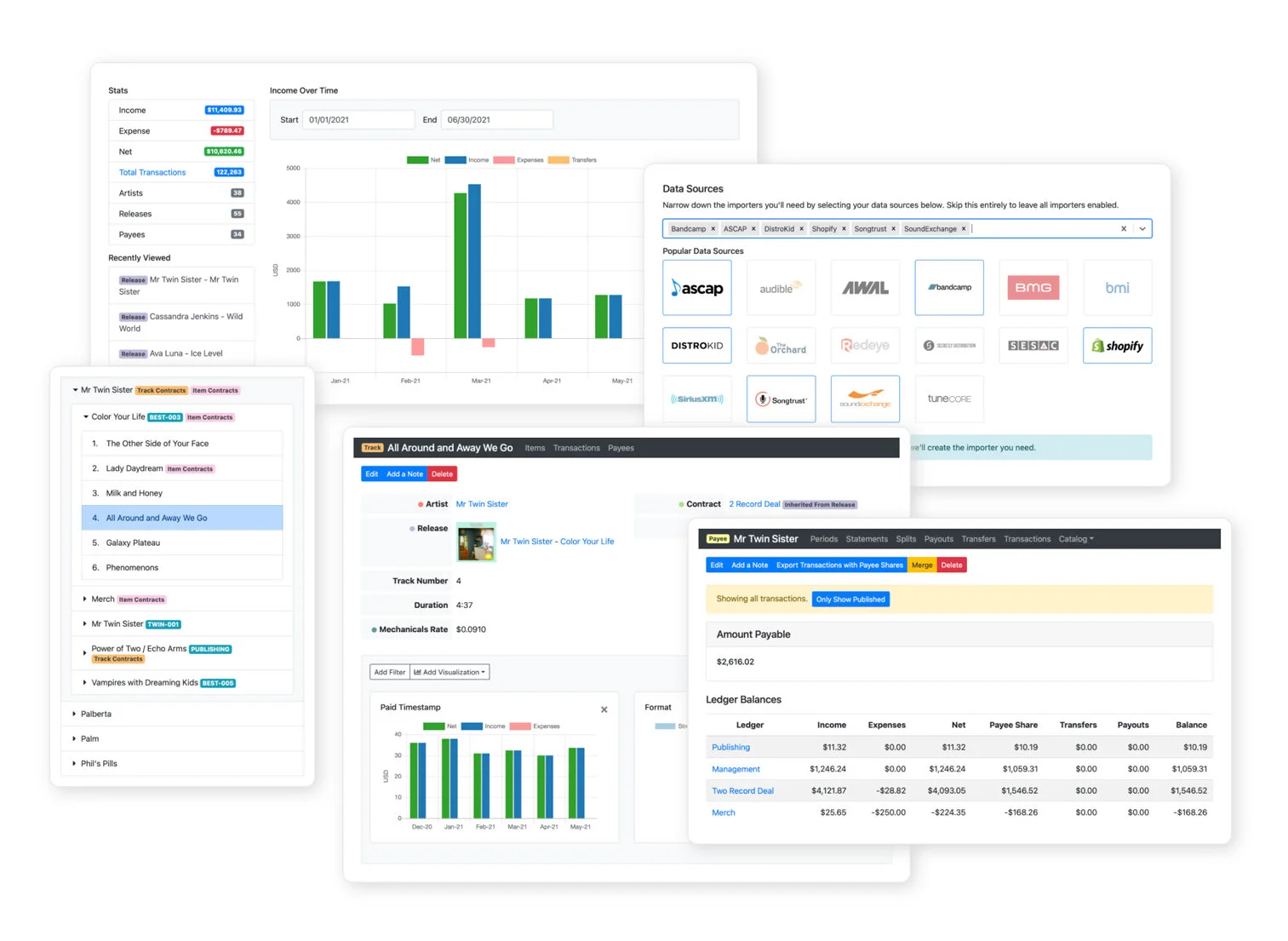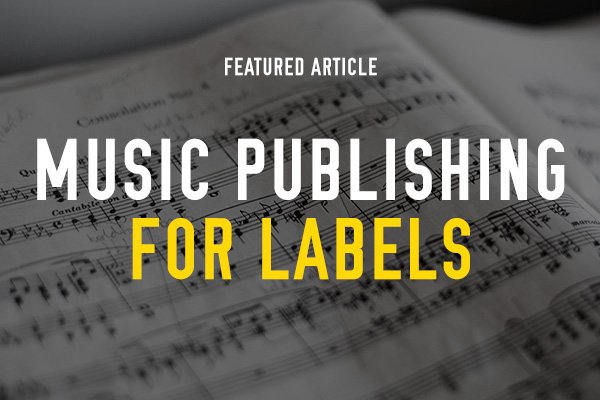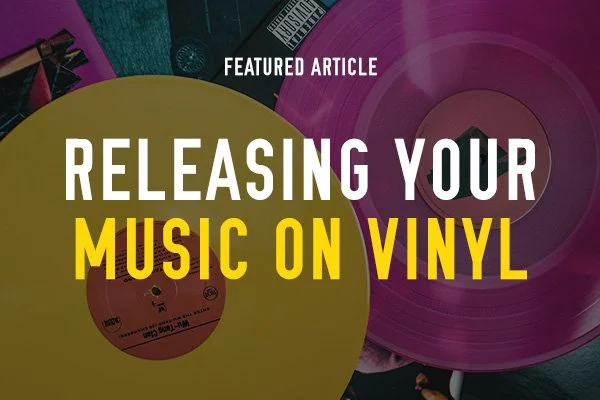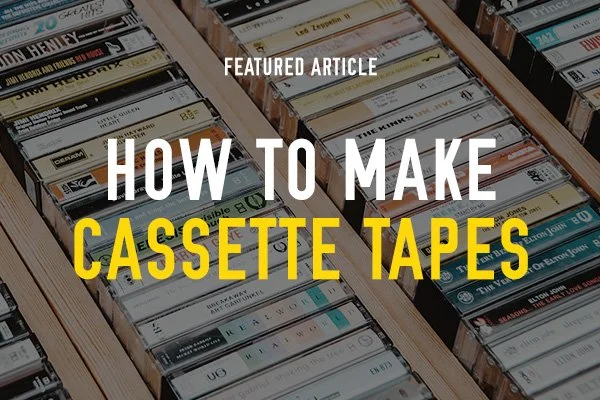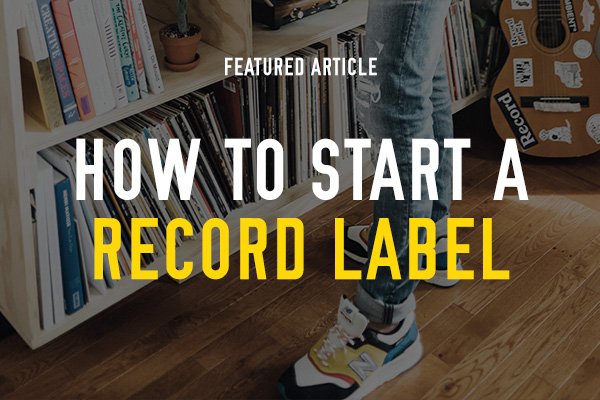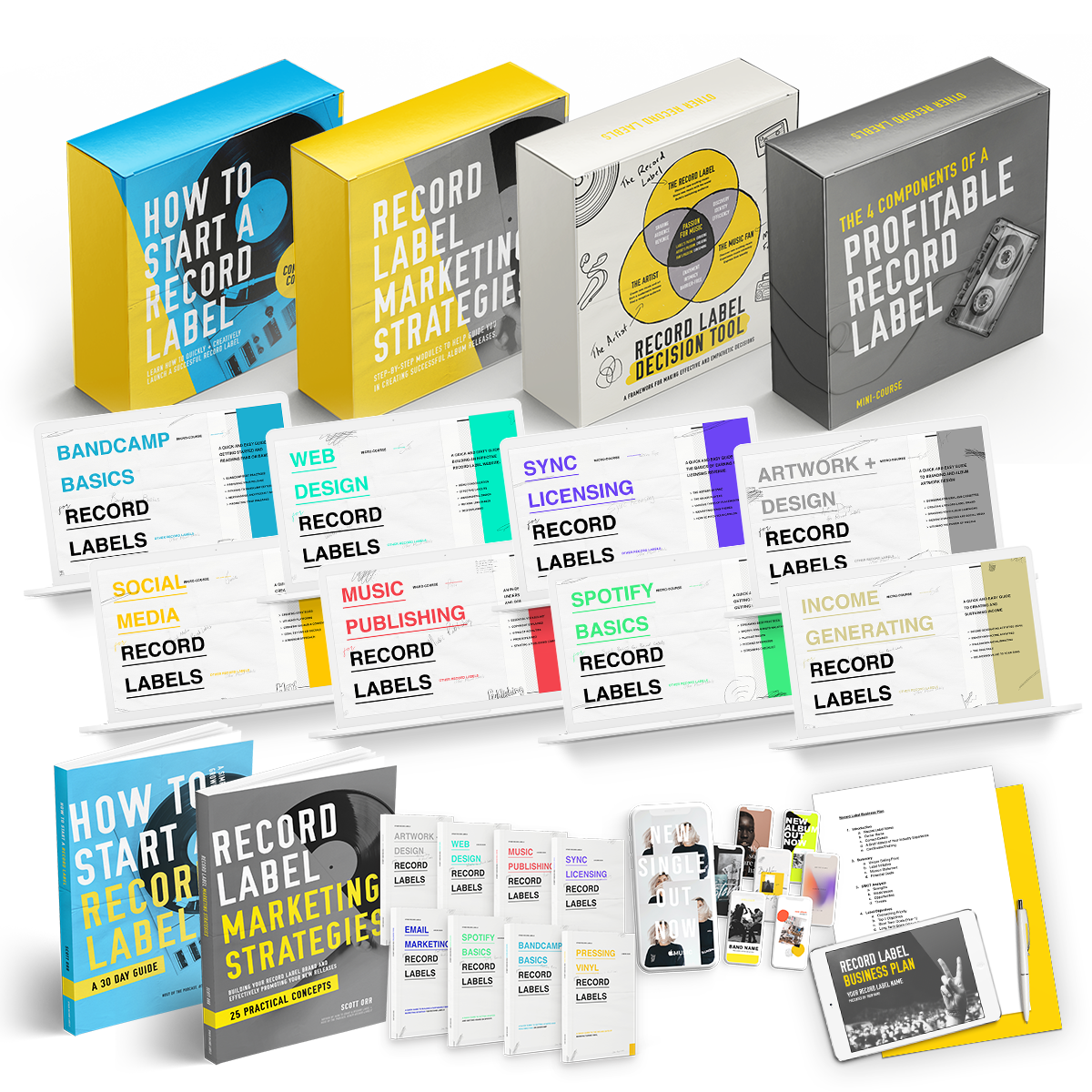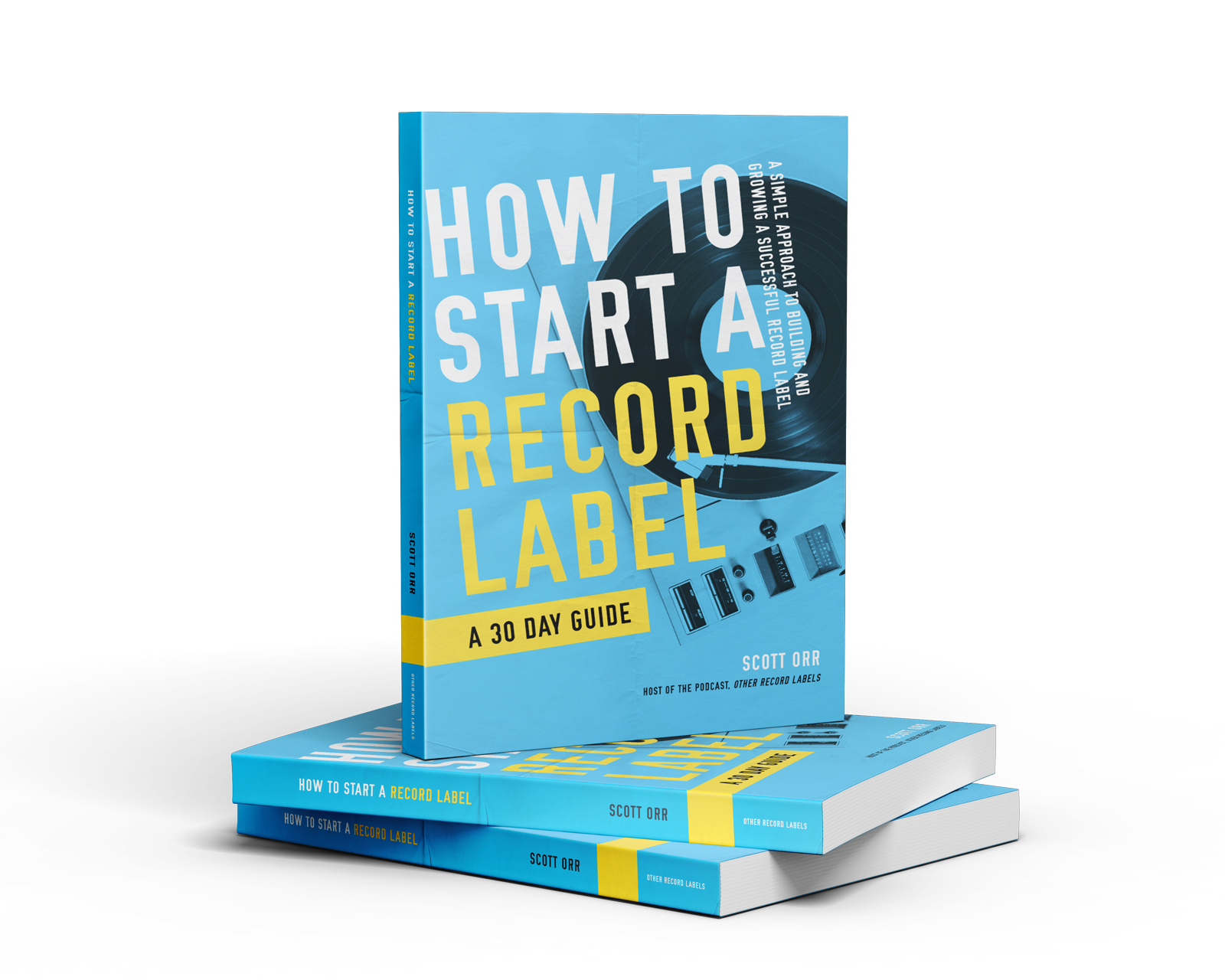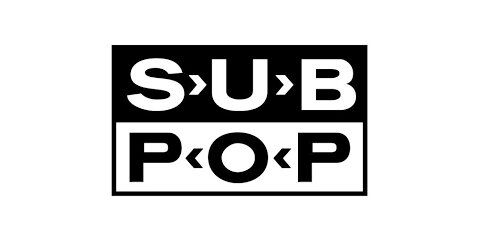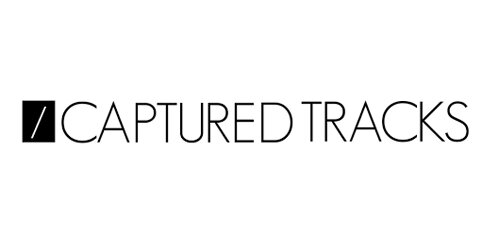
Multiple Revenue Streams
for Record Labels
How Record Labels Make Money
Let’s talk about multiple revenue streams…
…and why they’re so essential for the financial stability of independent record labels.
I don’t mean to be patronizing, but let’s think of small streams flowing into a bigger body of water… a lake or an ocean that gets its mass from various, smaller bodies of water (rivers, streams, etc), all flowing to a central location.
When record labels, or any businesses, look at their total revenue for an entire month or year, it generally comes from multiple sources.
For example, my label’s annual revenue is derived from at least twenty different sources! These include things like Bandcamp, streaming platforms, publishing, licensing, shipping revenue, wholesale sales, Patreon, merchandise, YouTube Adsense, and many others.
Multiple revenue streams are essential for any business because of how hard it is to achieve your revenue goals from simply one singular source of income. Instead, various income sources make it easier for you to reach your financial goals by diversifying your revenue generating opportunities.
Let’s use an easy example of a label whose goal is to make $1000 each month ($12,000/year). It would be an enormously arduous task to earn $12,000 in a year using only one, singular source of income.
However, if we spread out the income-generating responsibilities into multiple revenue streams, it becomes much easier and more achievable. We do this by simply breaking down our overall goal into much smaller, manageable goals.
For example, instead of trying to find one source of income that makes $12,000 in one year, we are going to search for 10 separate streams of income that generate only $100 per month (10 revenue streams @ $100 each = $1000/month, or $12,000/year).
Grab my Free Guide to Multiple Revenue Streams
Download my free guide to sustainable revenue streams for record labels
Why have multiple revenue streams for your label?
Here’s why it is important for your record label to diversify how it makes money…
Less pressure on any one singular initiative
Reaching our yearly (or monthly) revenue goals by way of one, singular source of income can be challenging. It is far more achievable when we spread the responsibility out across multiple areas of income.
Redistributing the financial responsibility across multiple channels helps us make our annual goals less daunting. For example, instead of trying to make $1000 per month on streaming income, we look for other sources of revenue to share some of the income burden. In this example, we may only need streaming revenue to be $500 per month if the remaining 50% is earned through things like music licensing, publishing royalties, or in-person events.
Creating “revenue insurance”
Having more than one source of income can help sustain your record label financially when other streams “dry up.”
In fact, in 2020 when the pandemic hit, Disney had to close down their theme parks, movie productions, retail stores, and loss revenue from cinemas. Lucky for them, they had just launched their streaming platform Disney+, a few months prior. This income-diversification helped them survive something as unpredictable as a global shutdown.
The Disney analogy may be a little far-fetched for small indie labels, but the financial security that multiple revenue streams provides, applies equally to businesses of all sizes.
Diversifying your label’s opportunities
The other great thing about having multiple sources of revenue is how it opens your label up to more chances of success. Let’s say this month you’re releasing a new record on vinyl through your Bandcamp. and you’re expecting the majority of your profit to come from physical sales. However, you’re surprised to learn a single from the album gets placed on a major Spotify playlist, which far out-earns your vinyl sales.
Or even something as simple as a Patreon program or a special live event might exceed your financial expectations.
All of these multiple sources of income expose your label to more and more opportunities for success.
Multiple Revenue Streams
Special Episode
This episode will walk you through everything you need to know about multiple revenue streams for your record labels…
Ideas for Multiple Revenue Streams
Selling Beats/Stems
Selling Label Merch
Music Licensing
Mixing/Mastering Services
Music Publishing
Label Services
In-person Sales (flea Markets, festivals)
Coaching Services
Retail/Wholesale (Record stores
Live Events (Workshops)
Education (Workshops, Lectures)
Donations from Fans/Supporters
The 3 Truths About Multiple Revenue Streams for Indie Record Labels
Running an indie record label is no small feat, especially when traditional revenue streams like selling records or earning income from streaming seem less reliable than ever. Diversification has become a key strategy for sustainability. Let’s break down three essential truths about multiple revenue streams that every record label owner—and small business owner—needs to know.
Truth #1: Multiple Revenue Streams Are Key to Success and Sustainability
Gone are the days when a company could thrive by focusing on a single income source. Today’s successful businesses—from Amazon to Disney—excel by diversifying. Amazon, for instance, operates online retail, a streaming platform, cloud computing services, and even produces original films and shows. Disney’s ventures span theme parks, film studios, TV networks, and their streaming service, Disney+. This diversification ensures stability even during market disruptions.
For indie record labels, the concept is the same. Relying solely on selling records or digital downloads is challenging. Instead, consider breaking down your income goals into smaller, more manageable targets:
Sell $10,000 worth of records annually.
Generate $10,000 from sync licensing.
Offer recording studio services for an additional $10,000.
Create a membership program that brings in $10,000.
Earn $10,000 from live gigs or other creative ventures.
These amounts may still be ambitious, but the key is thinking of multiple smaller streams rather than one large one.
Why Diversification Matters
Diversification acts as financial insurance. Take Disney’s example: when COVID-19 forced their theme parks to close and disrupted their movie releases, Disney+ provided a reliable income stream. The same principle applies to your record label. If one revenue source slows down, others can help stabilize your business.
Truth #2: Building Revenue Streams Takes Time and Iteration
While it’s easy to talk about multiple revenue streams, creating them is another story. It requires patience, trial and error, and a willingness to adapt.
Consider these examples:
Some labels started by selling their own records but later expanded into carrying other artists’ work, effectively becoming niche online record stores.
A label bought office space in a low-value area, rented it out, and benefited as the neighborhood improved over 20 years.
Other labels have mastered applying for government music grants, making it a reliable income stream.
Membership programs, where fans pay annually to receive all new releases, provide steady income and help predict production needs.
None of these ideas happened overnight. They evolved through years of innovating and responding to market demands.
Real-World Examples
Third Man Records: Operates a pressing plant and retail stores.
Real World Records: Combines a recording studio, Bandcamp subscription, and TikTok video creation.
Inner Ocean Records: Sells audio plugins and sample packs in addition to music.
Your journey will be unique. The revenue streams that sustain your label will likely emerge from your interests, skills, and audience’s needs. Don’t expect instant results, but commit to iterating and innovating.
Truth #3: Balance Traditional and Non-Traditional Revenue Streams
Traditional revenue streams—selling records, digital downloads, or merch—still play a significant role and often form the foundation of a record label’s income. However, non-traditional revenue streams can complement and enhance this foundation.
Most labels’ revenue structures won’t look like five streams of equal income. Instead, expect something like this:
1-2 streams generating $10,000 or more.
1-2 streams generating a few thousand.
Several smaller streams contributing hundreds annually.
The combination creates stability and resilience.
Getting Started
To uncover your unique opportunities, ask yourself these questions:
What can I do that no other record label is doing?
What can I adapt from other industries that record labels typically don’t use?
How can I improve or expand what I’m already doing?
What areas of the music industry am I most passionate about?
What skills or resources do I have that can generate income?
Need help with your record label’s royalty accounting?
Recently, I put together a bunch of resources and information on how to effectively manage your record label’s artist royalties.


RECORD LABEL
ACADEMY
Simple strategies that will help you
earn a living telling people about great music!

Books
for Record Labels
Workbooks, productivity planners, micro-books and more!
Other Record Labels Podcast
Featuring interviews with…
